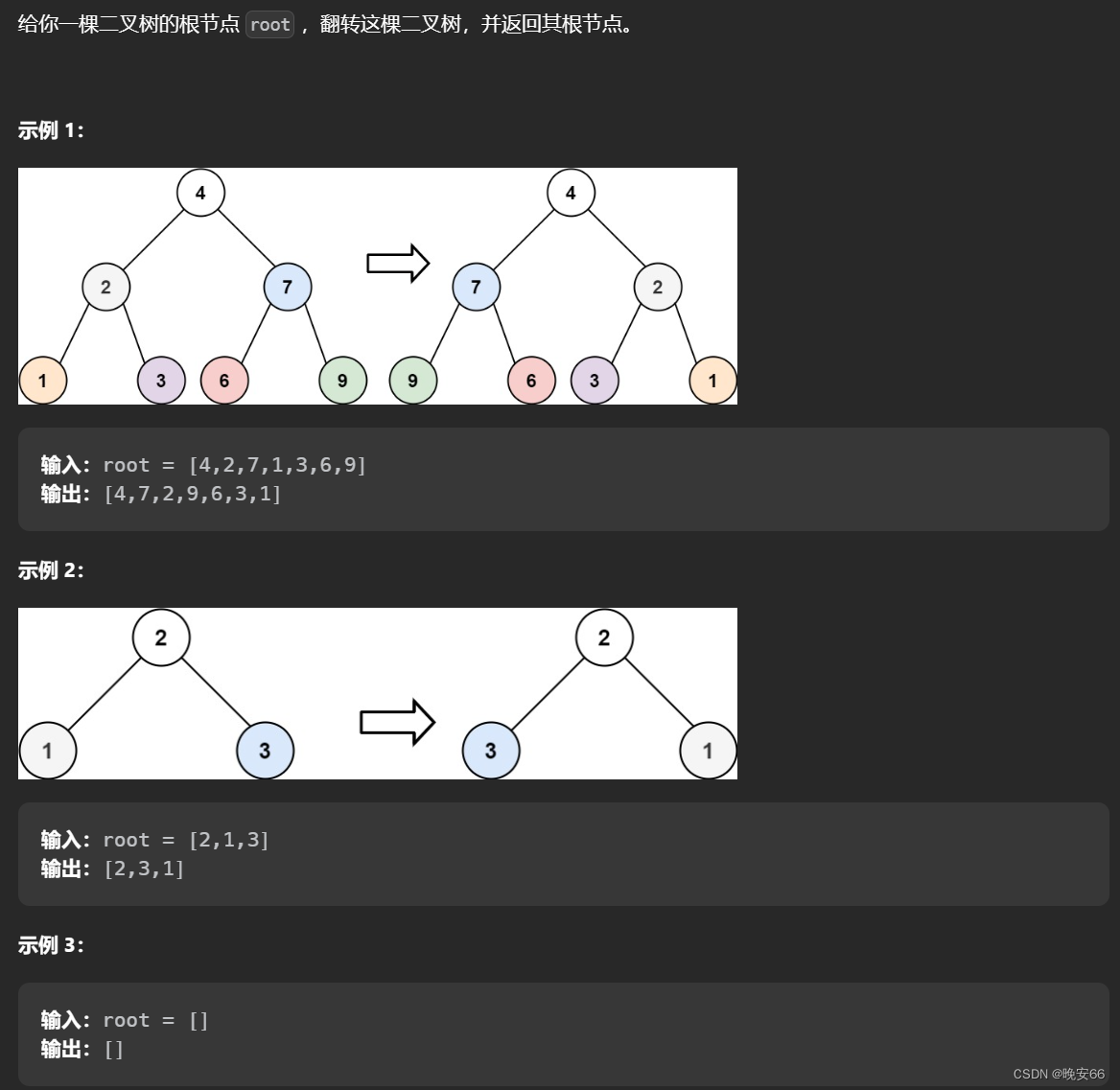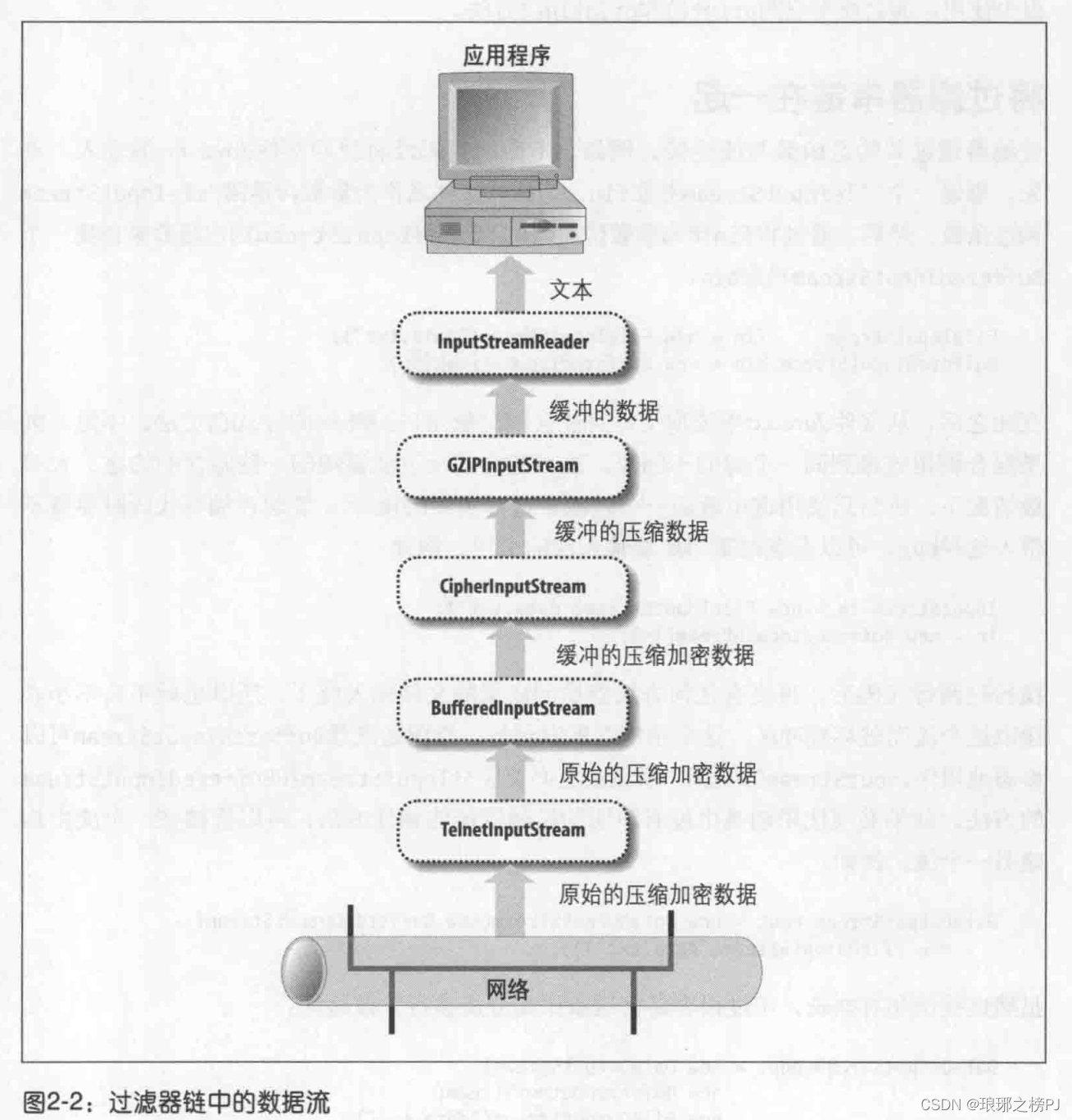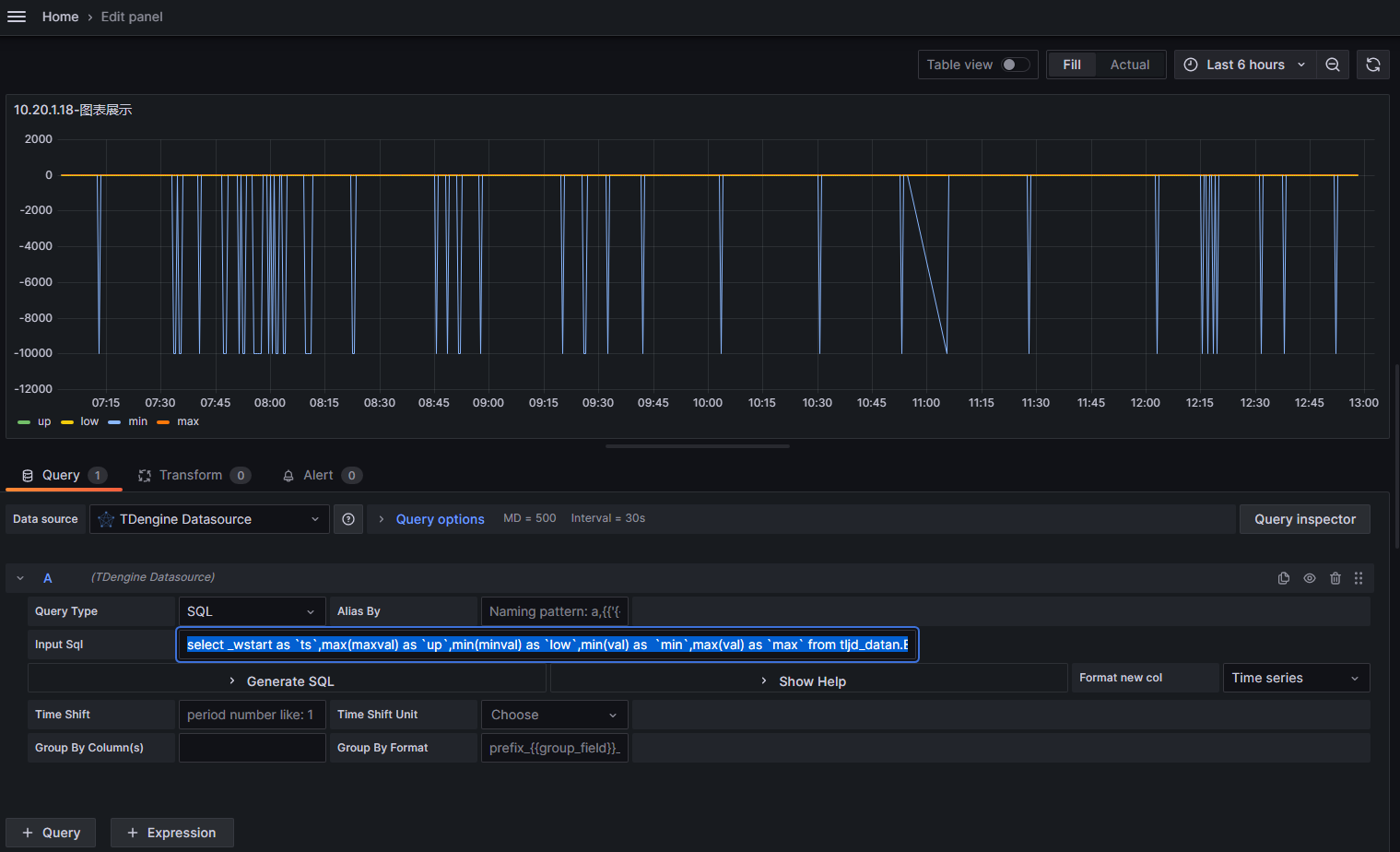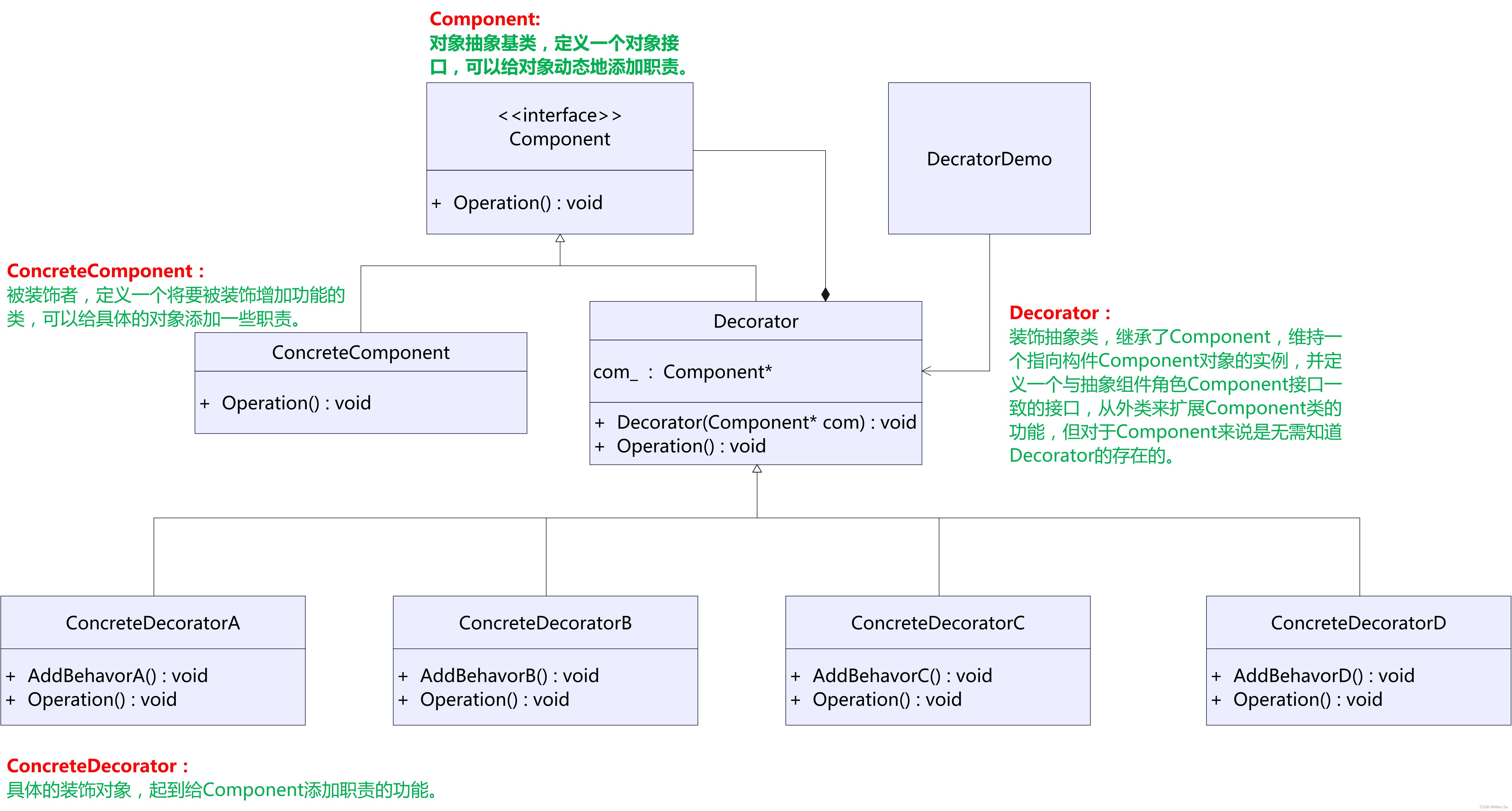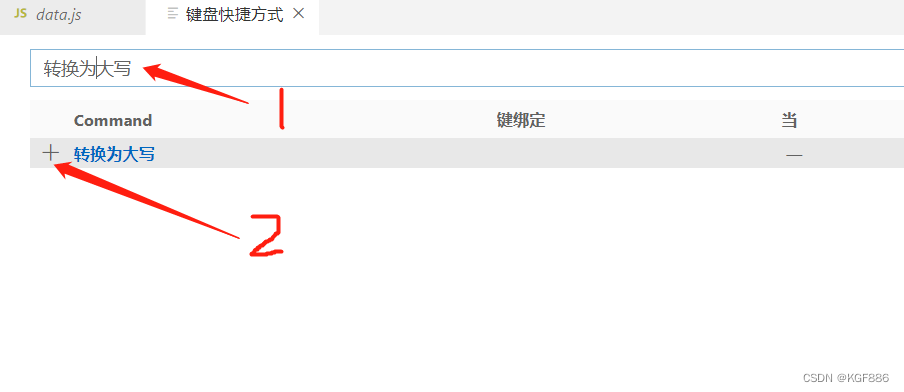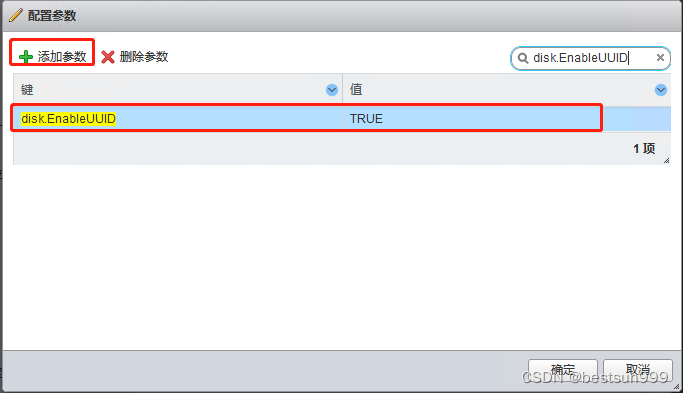文章目录
- 一【题目类别】
- 二【题目难度】
- 三【题目编号】
- 四【题目描述】
- 五【题目示例】
- 六【题目提示】
- 七【解题思路】
- 八【时间频度】
- 九【代码实现】
- 十【提交结果】
一【题目类别】
- 栈
二【题目难度】
- 简单
三【题目编号】
- 剑指 Offer 30.包含min函数的栈
四【题目描述】
- 定义栈的数据结构,请在该类型中实现一个能够得到栈的最小元素的 min 函数在该栈中,调用 min、push 及 pop 的时间复杂度都是 O(1)。
五【题目示例】
- 示例:
- MinStack minStack = new MinStack();
- minStack.push(-2);
- minStack.push(0);
- minStack.push(-3);
- minStack.min(); --> 返回 -3.
- minStack.pop();
- minStack.top(); --> 返回 0.
- minStack.min(); --> 返回 -2.
六【题目提示】
- 各函数的调用总次数不超过 20000 次
七【解题思路】
- 设置一个辅助栈stack2,使用主栈stack1进行正常的栈操作
- 如果要进栈,将要入栈的值和stack2栈顶的值比较,将更小的值入stack2栈,也就是说,stack2栈保存了每一个时刻当前栈的最小值
- 如果要出栈,stack1栈和stack2栈同时出栈,因为stack2栈保存的当前时刻的最小值要随着当前时刻的stack1栈中的值一起出栈,且它们是一一对应的关系
- 如果要求最小值,直接弹出stack2栈顶的值即可,因为stack2栈的栈顶保存了当前时刻栈中的最小值
- 如果要求栈顶元素,直接返回stack1栈顶的值即可,这里和正常栈操作一样
- 如果使用C语言编写代码,最后别忘了释放空间
八【时间频度】
- 时间复杂度: O ( 1 ) O(1) O(1)
- 空间复杂度: O ( n ) O(n) O(n), n n n为压入栈的元素数量
九【代码实现】
- Java语言版
class MinStack {
Stack<Integer> stack1;
Stack<Integer> stack2;
public MinStack() {
stack1 = new Stack<>();
stack2 = new Stack<>();
stack2.push(Integer.MAX_VALUE);
}
public void push(int x) {
stack1.push(x);
stack2.push(Math.min(x,stack2.peek()));
}
public void pop() {
stack1.pop();
stack2.pop();
}
public int top() {
return stack1.peek();
}
public int min() {
return stack2.peek();
}
}
- C语言版
#define MAX_SIZE 20001
typedef struct
{
int* stack1;
int top1;
int* stack2;
int top2;
} MinStack;
MinStack* minStackCreate()
{
MinStack* obj = (MinStack*)malloc(sizeof(MinStack));
obj->stack1 = (int*)malloc(sizeof(int)*MAX_SIZE);
obj->top1 = -1;
obj->stack2 = (int*)malloc(sizeof(int)*MAX_SIZE);
obj->top2 = -1;
obj->stack2[++obj->top2] = INT_MAX;
return obj;
}
void minStackPush(MinStack* obj, int x)
{
obj->stack1[++obj->top1] = x;
obj->stack2[++obj->top2] = fmin(x,obj->stack2[obj->top2]);
}
void minStackPop(MinStack* obj)
{
obj->top1--;
obj->top2--;
}
int minStackTop(MinStack* obj)
{
return obj->stack1[obj->top1];
}
int minStackMin(MinStack* obj)
{
return obj->stack2[obj->top2];
}
void minStackFree(MinStack* obj)
{
free(obj->stack1);
free(obj->stack2);
free(obj);
}
- Python语言版
class MinStack:
def __init__(self):
self.stack1 = []
self.stack2 = [math.inf]
def push(self, x: int) -> None:
self.stack1.append(x)
self.stack2.append(min(x,self.stack2[-1]))
def pop(self) -> None:
self.stack1.pop()
self.stack2.pop()
def top(self) -> int:
return self.stack1[-1]
def min(self) -> int:
return self.stack2[-1]
- C++语言版
class MinStack {
public:
stack <int> stack1;
stack <int> stack2;
MinStack() {
stack2.push(INT_MAX);
}
void push(int x) {
stack1.push(x);
stack2.push(fmin(x,stack2.top()));
}
void pop() {
stack1.pop();
stack2.pop();
}
int top() {
return stack1.top();
}
int min() {
return stack2.top();
}
};
十【提交结果】
-
Java语言版

-
C语言版

-
Python语言版

-
C++语言版



